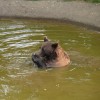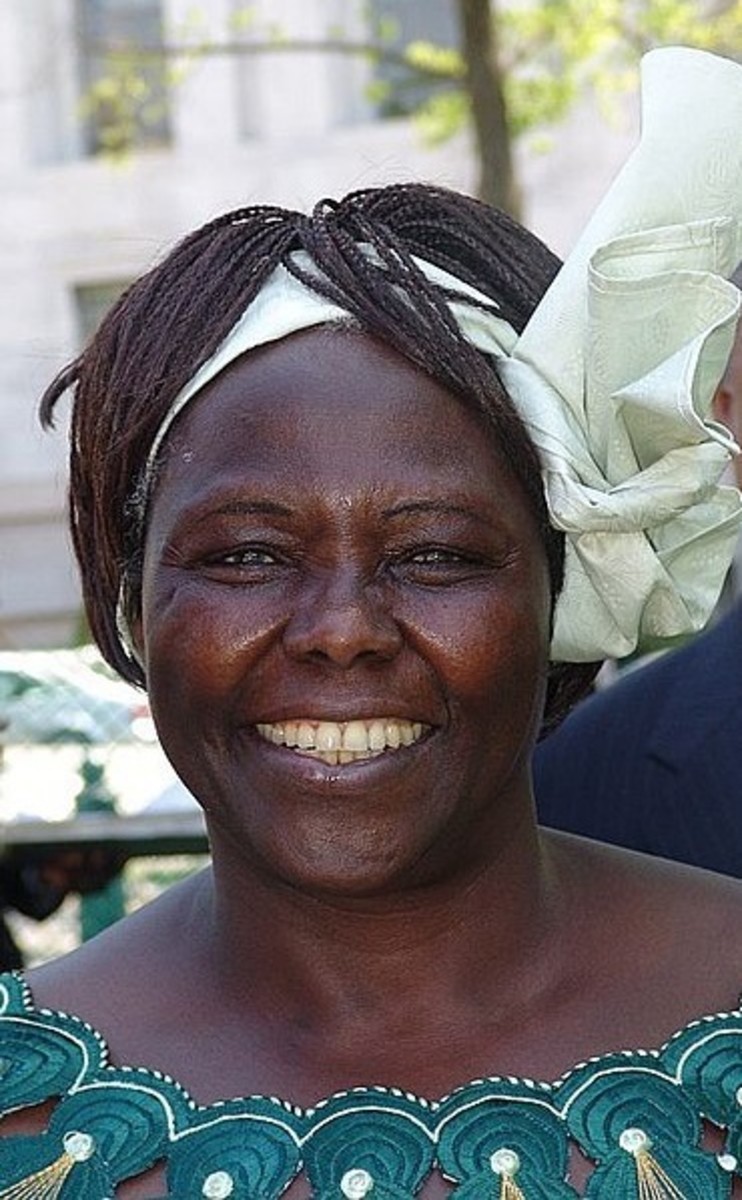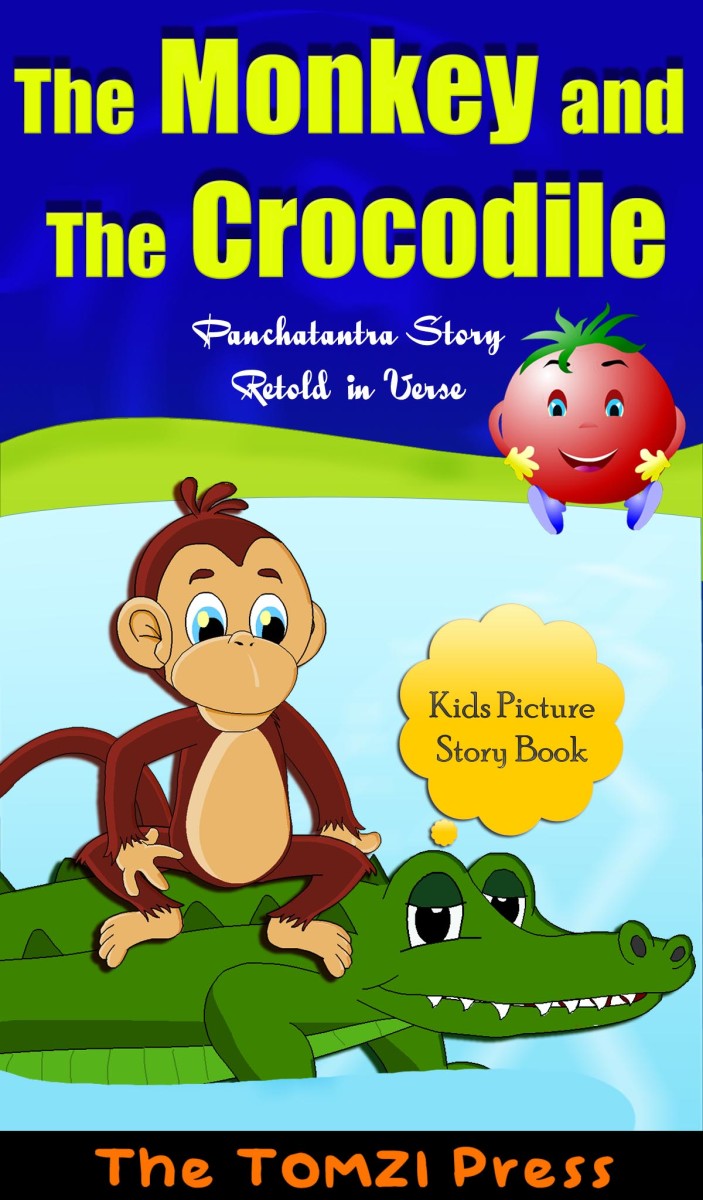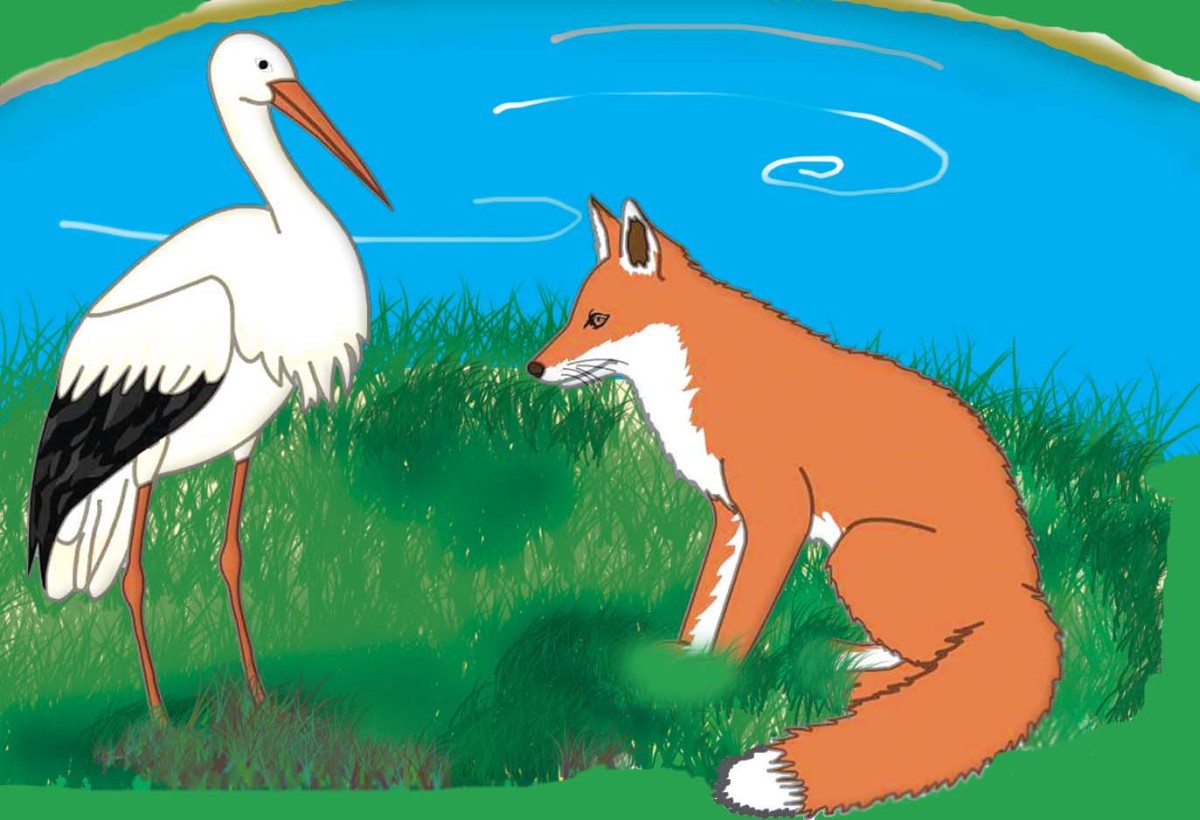Different Ways to Discipline or Punish Your Children or Child
A tried and tested method by many generations but the not so favoured method of the modern generation!
We hear a lot about how NOT to punish and discipline our children nowadays, but there are not many people actually helping us to make informed decisions as to what the best forms of discipline for you children are.
So what method of discipline could we and should we use?
- Smacking
We could smack our child! Although smacking is not tolerated as a good form of discipline in many countries due to the opinion that this is only teaching the child that hitting is ok. There is also the opinion that smacking a child may and could lead too a form of child abuse. In years gone by this was deemed to be the only form of discipline and when you talk to the older generations they all say ‘A good smack never hurt me, it taught me to have respect for personal things and other people’. Respect, yes, well that’s another story.
A more modern version of discipline
A method which is favoured in many societies today is the
- timeout or reflection time
This can be used when the child is not only naughty and behaving incorrectly, but also if they are being disruptive within a group of children. The child is placed on the bottom step of the stairs or in the corner of a room facing the wall for a set period of time; usually 1min for every year of their life i.e. a 3year old would be there for 3mins. This is not long to an adult, but to a child who just wants to get on and play, 1min seems like forever let alone 3mins or 6mins. When using this method correctly the child can soon realise that when they are being unruly this is what will happen, and then they soon start to think about the consequences before they do something they shouldn't. It is also important to remember that if the child leaves the chosen spot fbefore their time has been completed they should be placed back at the spot and the time starts again. Whilst the child is in the time out it is important not to talk to them, communication is rewarding to a child.
The importance of speech
The way we speak to our children is also important if we wish for a good response. Think about how you speak to your child - Do you ask them a question and give them a choice when you are requesting that they do something or do you ask them politely in a manner that there is no choice but to carry out the task they have been asked to do?
For example, you are going out and you need your child to put their shoes and coat on. How would you ask them to do it?
- "Fred, can you put your shoes and coat on please? it is nearly time to go"
- "Fred, you need to put your shoes and coat on as it is nearly time to go, thank you."
There is no difference in what you are asking the child to do but in number 1 you have worded the request as a question enabling the child to say "NO" and with putting a please in there, which we all do as it is good manners after all you sound more like you are pleading with them to do it!!
Request 2 however is not a question, you are telling to child that they need to do something and by ending the request with a thank you, you have kept the good manners but also set the expectation that you expect them to complete the task!
So what method works best for you?
A lot of people still agree that smacking is ok, in moderation. That it should only be used as a last resort, and if done correctly it is a good way of telling the child they have done wrong.
It is also quite possible that you may have a child that is actually quite happy to sit on the stairs or stand in the corner of a room. If this is the case then another option is to place them on a chair in the middle of a room surrounded by the things they like, but can not reach!
Remember when requesting for them to complete a task try not to word it as a question which enables them to say "No" but to swap the word Can you for You Need To.
Tips on discipline in the home
Discipline for older children and some younger ones!
Another method that can be used for older children is the 'revoking of privileges' method. This method involves taking something away from the child, such as telling them that they will not be able to attend a party or go round a friends house as planned. They will not be able to watch TV or play on their computer/games console. The most important thing to remember when carrying out this method is, TO CARRY IT OUT! If you don’t see your threat through then the child will not respond to you again as they will think that they will still be able to go to their friends house or play on the Play station etc. even if they do wrong.
Another form of discipline that is not quite so wildly used is the ‘Cause and Affect’. This method looks at teaching your child what happens when they throw their cup of drink on the floor in temper, or tip their paint tubs all over the table. Obvious to an adult, but to a child who knows no better they do not realise that when they do this, the cup and the paint tubs are now empty. It would seem very petty not to refill them and allow them to drink their drink or carry on painting, but by doing this they are not realising that when something is empty, it cannot always be refilled easily and therefore they may have to wait.
The best thing to do when disciplining any child is to try all methods for a few days or a week to find the one that suits and works best for your child, as all children/toddlers and babies are different. Children do not come with a manual as much as all parents wished they did!
If you find that things are not working, and it is starting to become to much, then do not be afraid to contact your local Children's Centre to see what courses they may have available or get in touch with a family support worker. There are various ways in which you can get in touch. Ask at your local preschool/school or have a look on the internet. They are friendly and very helpful. Usually they will carry out a home visit to assess the child in their own surroundings before they take things any further. Sometimes it is not always the child that needs the help, sometimes it may be the parent needing help in learning how to deal with certain situations. Again the your local Children's Centre will be able to advise on these matters too.



